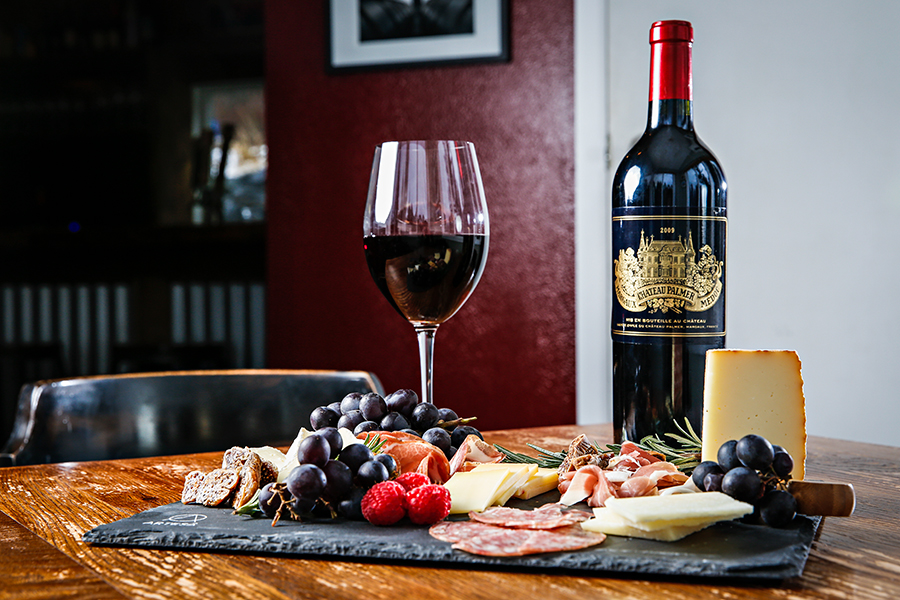There are so many contributing factors that play into your wine-buying decisions. If you are a new consumer to wine or even a seasoned vet, making a confident choice in your buying can be a daunting task. As a professional and educator in the wine field, I spend a great deal of time guiding and helping customers feel confident in making their choices, while also giving them the tools to make confident choices for themselves.
Don’t make it overly complicated. Easier said than done, I know. Do your best to cancel out all of the white noise that surrounds it. Marketing plays a huge part in pushing consumers one way or another, in hopes that they can snag you. There is a sea of juice out there, packaged up to make you grab it off the shelf. Catchy labels or names of wines are just the start. If a winery is putting a lot of effort in marketing their product with a nifty label or catchy name, this should be your first red flag. That does not necessarily mean that it is not a quality product. It does mean, though, that there is some serious coin thrown at it to get the product to sell. Mass-produced wine that comes from a winery resembling an oil refinery on the outside is typically the one that needs mass advertising and a gimmick. Buyer beware on these items.
Get back to basics. Wine is composed of water, sugar, acid, tannin and alcohol in the simplest explanation. It is easy to get stuck in a rut once you find a wine or producer you like. Vineyard sourcing and the intent of the winemaker factor heavily into the final product. Keep track of it and write down what you like about it. Pay attention to the variety or region that may attract you. Do some quick research on your own. You have a wealth of information these days at your fingertips. Don’t look at this as a definitive answer for your quest, however, but rather a guideline. Everyone’s palate is different. Your experience of wine is your own. The latest trend may be suggesting that you should like it, but if your palate does not agree, listen to your palate. How the sugar, acid and tannins combine, and what levels are in each wine, will affect how your palate experiences the wine. Pay attention to where and how your palate is experiencing it. Look at the color. What does it smell like? Where on your tongue do you taste and feel it? Are you salivating after taking a sip or does your mouth dry up? How does the wine make you feel? Do you want a wine to drink by itself or with food?
Don’t get overwhelmed. It should be an enjoyable experience for you. Don’t be afraid to ask questions. There are no silly questions. This is one of the biggest factors that gets people stuck in a rut. While your experience is unique to you, discussing your experience with others or a wine professional will only add to your catalog of information to help guide you. Visit a wine shop where trained professionals are working. This is the best way to accelerate the learning curve. The more you experience and learn, the more tools you have. Professionals at wine shops are a wealth of information, and making a personal connection with someone you trust is huge. Take time to share your experience and let them help you. And remember: Trust your palate!
Raymond Dickinson is the owner of Brix Bottleshop, a certified sommelier and a wine educator with decades of experience in the food and beverage industry. Brix Bottleshop, located at 115 S. Main St. in downtown Kalispell, can be found online at www.brixbottleshop.com.
